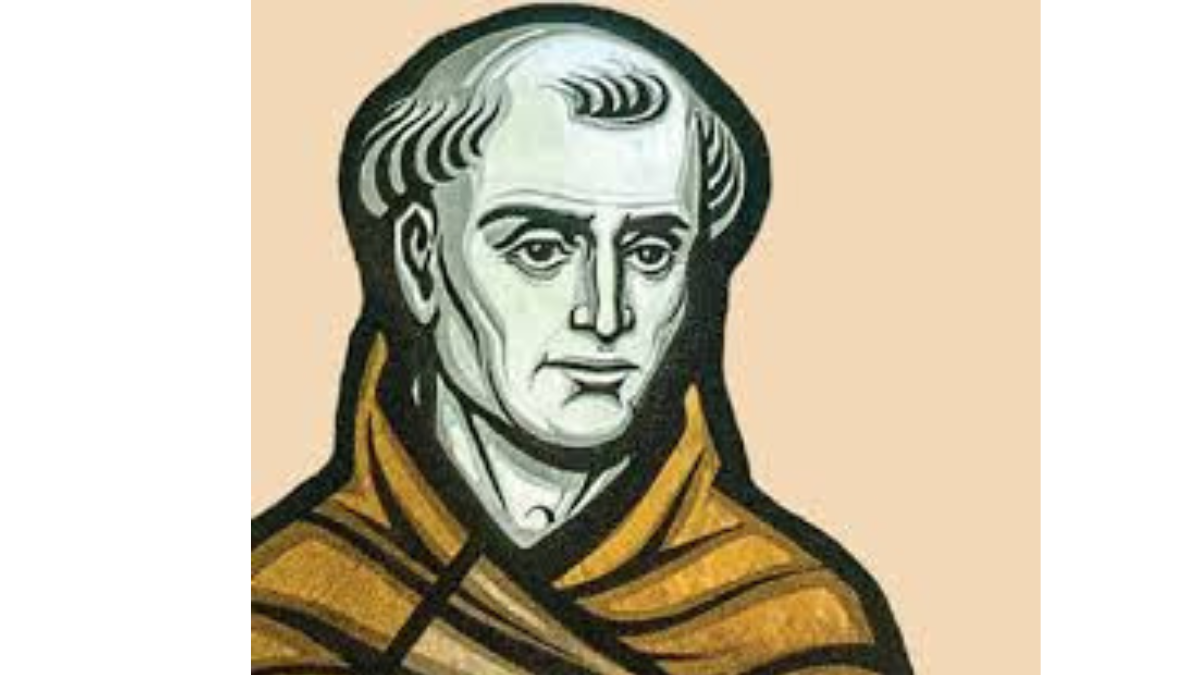| Feast day | September 25 |
| Patron | of Cork, Diocese of Cork |
| Birth | 550 |
| Death | 620 |
St. Paul of the Cross:
Early Life and Inspiration:
Paul Danei was born into a devout Catholic family. He exhibited a deep spiritual fervor from a young age. He was particularly moved by the Passion of Christ, the suffering and death of Jesus. This intense devotion inspired him to dedicate his life to spreading the message of God’s love through the Passion.
Founding of the Passionist Order:
In 1720, Paul had a series of mystical experiences and visions. He felt a divine calling to found a religious order. He retreated into a period of solitude and prayer. During this time, he wrote the rule for the new congregation. He also designed its distinctive habit—a black robe with a heart and cross emblem. The Passionists’ mission was to focus on preaching about the Passion of Christ. They meditated on it, living lives of contemplation, poverty, and humility.
Apostolic Work and Spiritual Legacy
Paul traveled extensively across Italy, preaching and establishing Passionist communities. He became renowned for his powerful sermons, which deeply moved his audiences and drew many to a more profound faith. His spiritual writings, including letters and meditations, continue to inspire Christians worldwide.
Recognition and Canonization
Paul’s holiness and the impact of his work led to his veneration even during his lifetime. He died on October 18, 1775, and was buried in Rome. Paul of the Cross was beatified in 1853 and canonized on June 29, 1867, by Pope Pius IX. His feast day is celebrated on October 19th. He is honored as one of the great mystics and spiritual teachers of the Catholic Church.
Passionist Spirituality
The Passionist order remains active today. Members continue Paul’s mission by reflecting on the Passion of Christ. They also preach about it. Passionists work in parishes, retreat centers, and mission fields. They help individuals deepen their spiritual lives. This is achieved through contemplation and understanding of Christ’s sufferings.
Paul of the Cross’s life and teachings emphasize the power of meditation on the Passion. It serves as a means to grow closer to God. It also helps find strength in the face of personal suffering.
Views: 0
